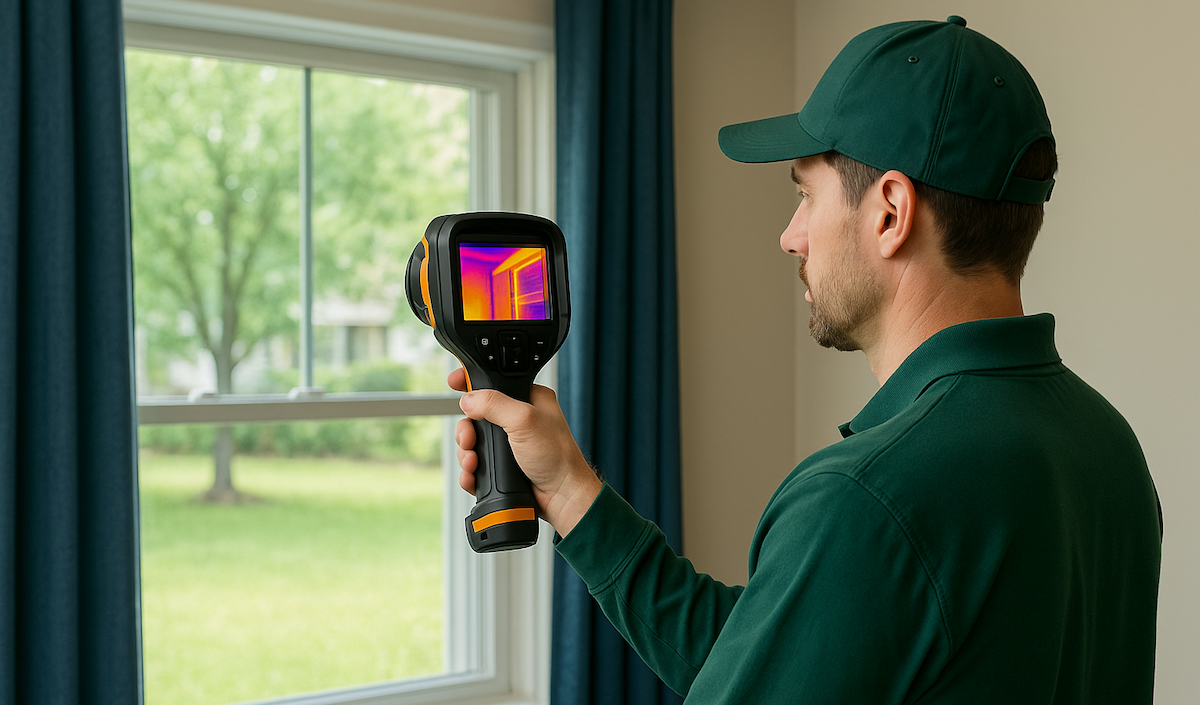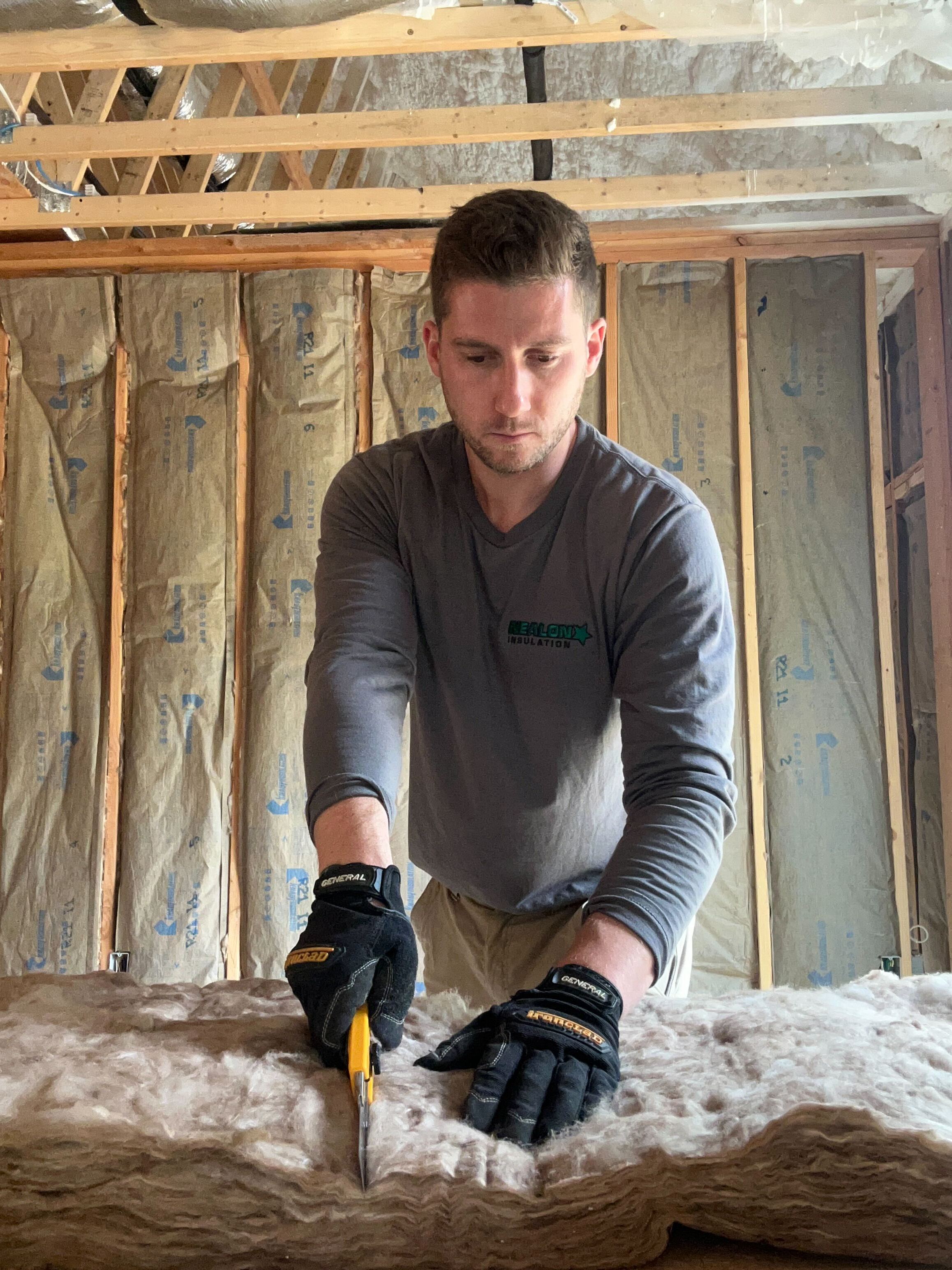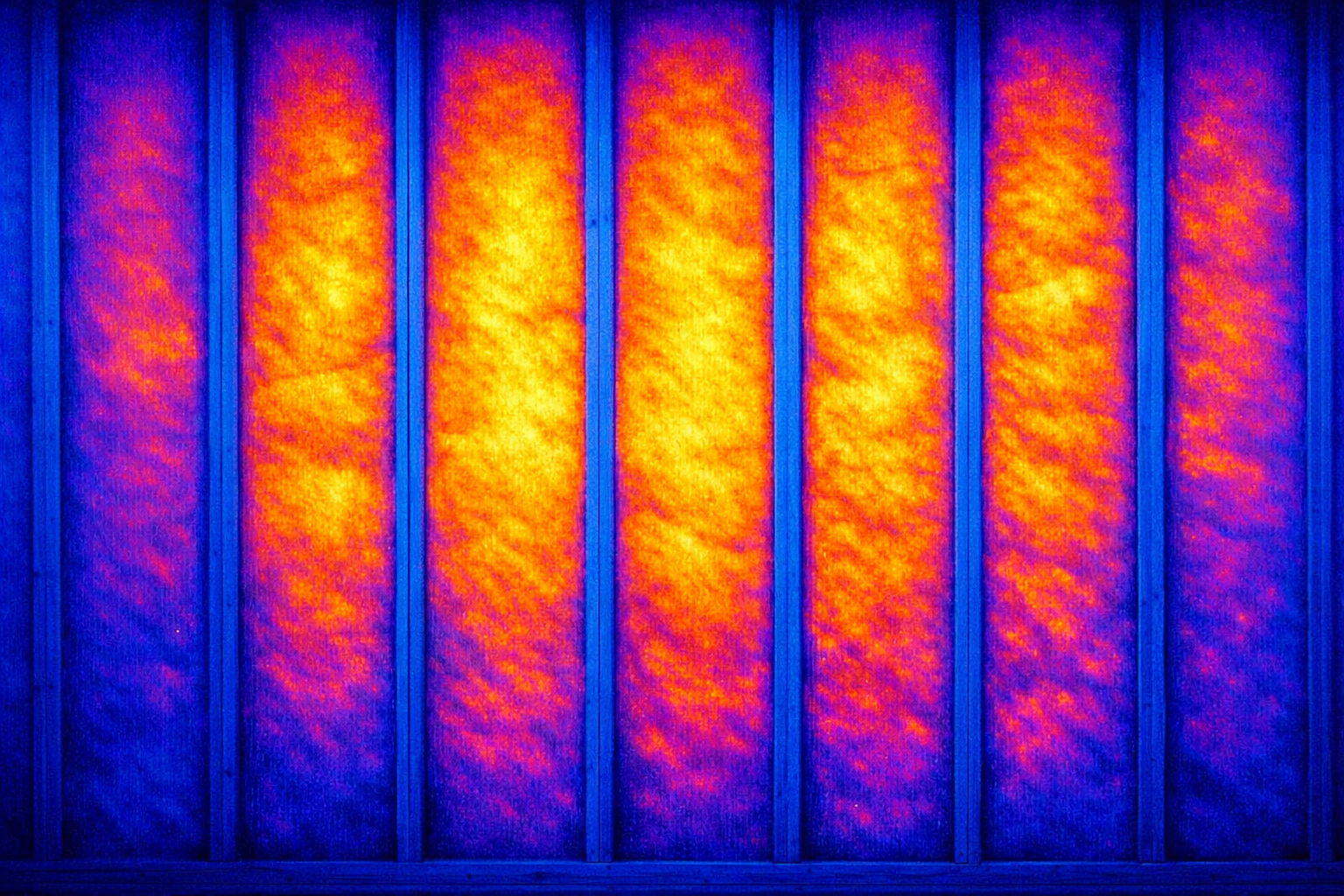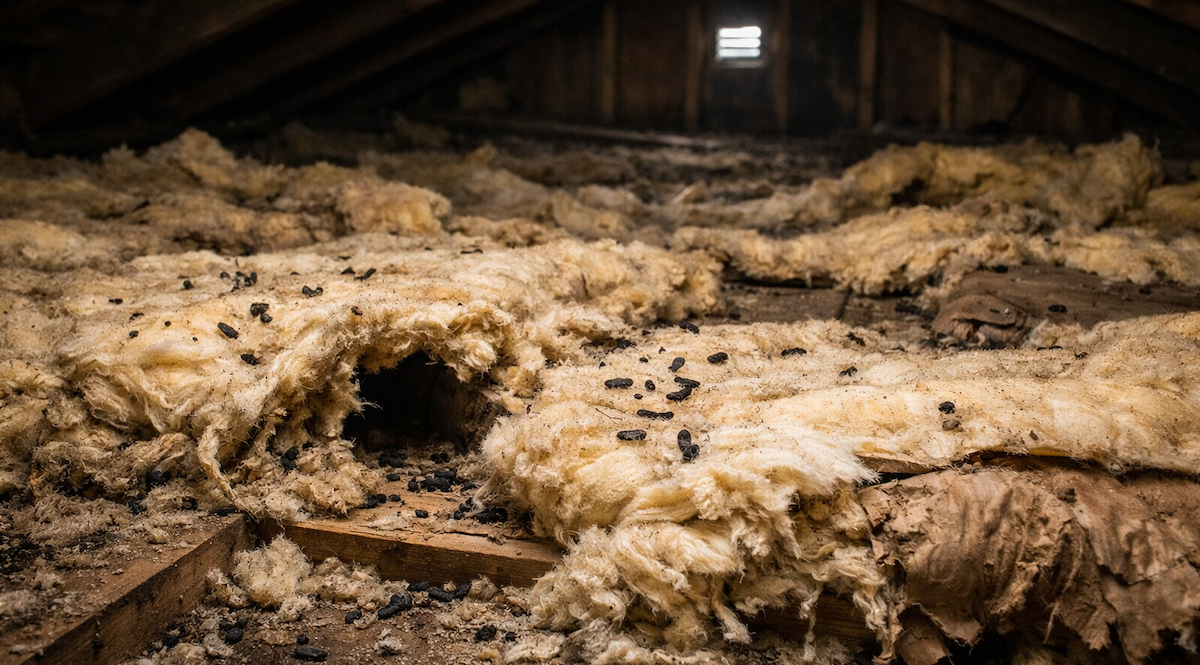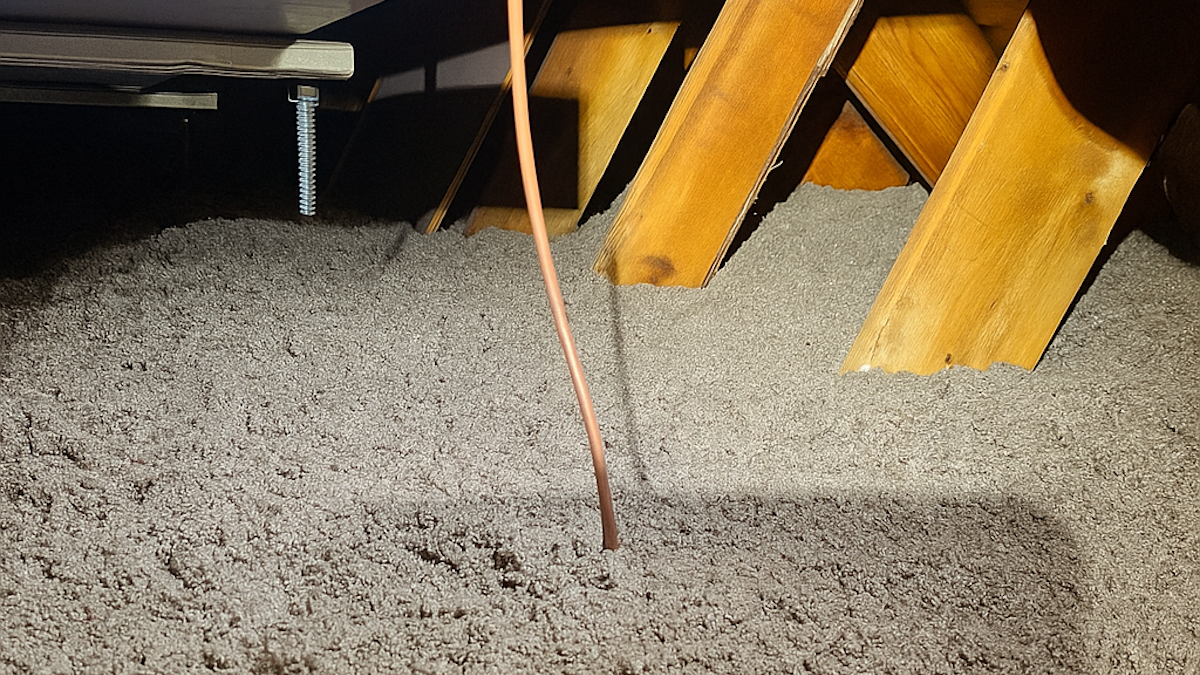Home Comfort Insights from Connecticut's Insulation Experts
Professional insights, money-saving tips, and real solutions for Connecticut homeowners.
Thank you! Your submission has been received!
Oops! Something went wrong while submitting the form.
No Item Found.
Our Values
Building Trust Through Excellence, One Home At A Time
Integrity First and Always
We treat every home as if it were our own, providing honest assessments and transparent recommendations.
Quality Without Compromise
We use only premium materials and proven installation techniques.
Customer-First Approach
From your first energy assessment to the final inspection, your satisfaction is our priority.
Frequently Asked Questions?
No items found.
Let's Work Together
Ready to transform your home into an energy-efficient haven? Schedule your free Estimate today and experience the Nealon difference for yourself.
4.8 Customer Rating
EnergizeCT Insulation Installers Network
1500+ Homes Upgraded
Licensed & Insured
